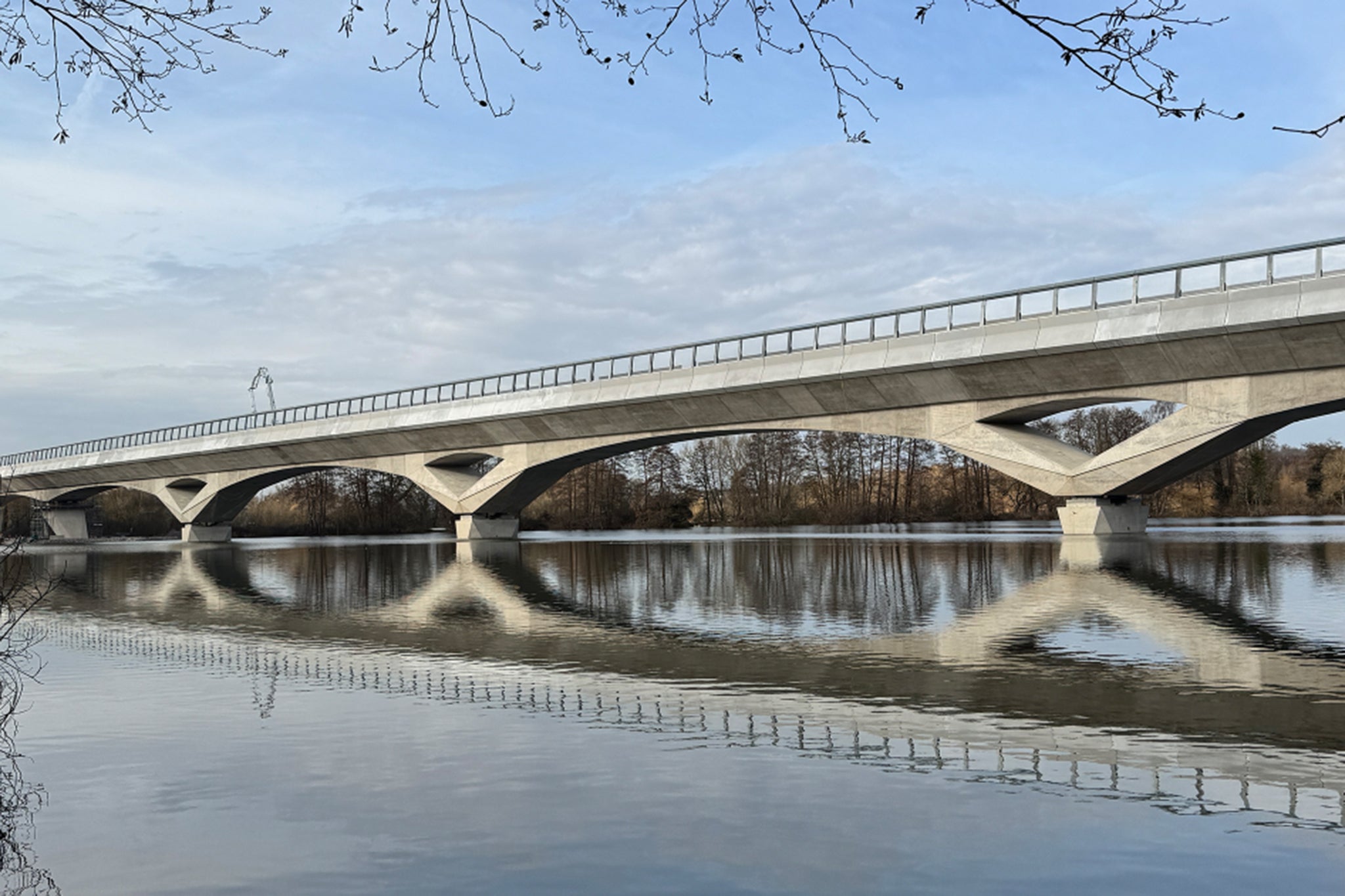HS2 will provide more track, more trains, more seats and faster journeys to improve performance and reliability across Britain’s rail network.” So says the hitherto dysfunctional organisation that has squandered billions of pounds of taxpayers’ cash with precious little to show for it.
A more accurate claim might be: “We have an unlimited pot of taxpayers’ money and we are going to spend it.”
New chief executive, Mark Wild, says the position he has inherited is “unacceptable” and that HS2 has “failed in its mission to control costs and deliver to schedule”.
“We must intervene to regain control of the programme and reset it to deliver at the lowest feasible cost, while maintaining safety and value for money.”

Since taking office, Labour has spent a year assembling evidence to pin the blame for the shambles on the Tories; now it must pick up the pieces and deliver at least something.
Heidi Alexander told the House of Commons she is drawing a “line in the sand” over the beleaguered rail project, which she called an “appalling mess,” and admitted there is no chance it will open by its most recent delayed target date of 2033.
These are the key questions and answers.
What is the history of high-speed rail in the UK?
High Speed One is the 68-mile fast railway line from London St Pancras to the Channel Tunnel at Folkestone in Kent, which opened in 2008. It cost less than £7bn, roughly £100m per mile.
High Speed Two is a much more ambitious rail project. It originally involved 345 miles of new high-speed track. HS2 was designed to relieve pressure on the West Coast and East Coast main lines. The plan was to move intercity passengers to a dedicated network, reduce journey times and vastly increasing capacity for freight and slower passenger trains.
The existing West Coast main line is the busiest intercity route in Europe, handling a mix of express passenger services, commuter trains and freight. There is no room for expansion, and the system has little resilience.
HS2 began as a dream in 2009, gathering all-party support for a project that would unify the nation with proper 21st-century rail connections from London to the Midlands and northern England, with improved journeys to Scotland. Trains were due…
Click Here to Read the Full Original Article at The Independent Travel…
